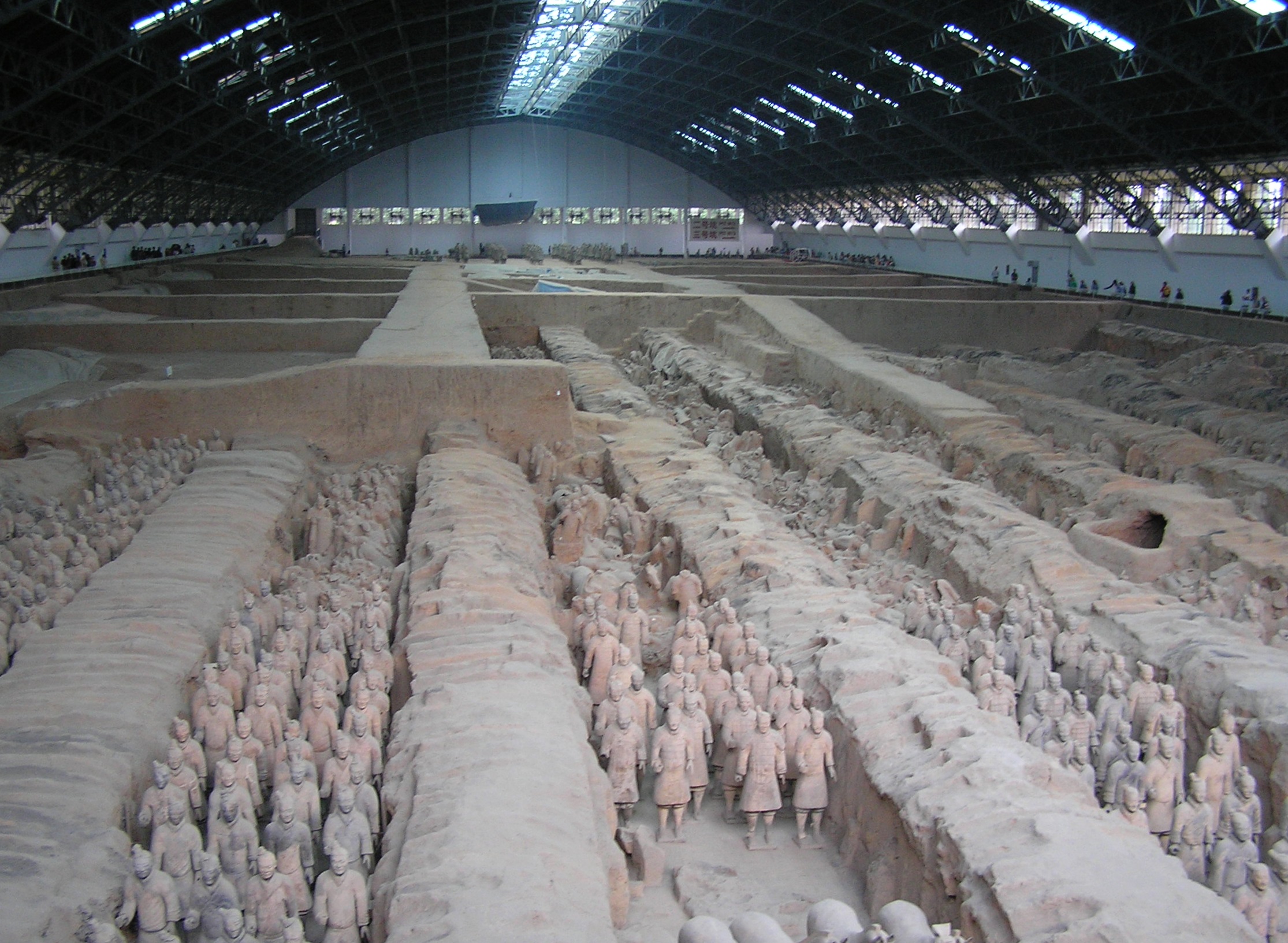The Mausoleum of the First Qin Emperor is an ancient architectural marvel and burial complex in China. It is most famous for the Terracotta Army, a collection of terracotta sculptures depicting the armies of Qin Shi Huang, the first Emperor of China. The site spans an area of over 56 square kilometers and is a testament to the emperor’s power and the capabilities of ancient Chinese engineering. Constructed between 246 and 208 BC, the mausoleum remained hidden for more than two millennia until its discovery in 1974 by local farmers. It has since become one of the most significant archaeological finds of the 20th century and a UNESCO World Heritage Site.
Get your dose of History via Email
Historical Background of the Mausoleum of the First Qin Emperor
The Mausoleum of the First Qin Emperor was built to serve as the final resting place for Emperor Qin Shi Huang. It took nearly 38 years to complete, with construction starting in 246 BC when the Emperor was just 13 years old. The emperor’s quest for immortality led to the creation of this massive complex, which was intended to mirror the urban layout of the capital, Xianyang. The site was discovered in 1974 by farmers digging a well near Xi’an, Shaanxi province. This led to one of the most significant archaeological excavations of the 20th century.
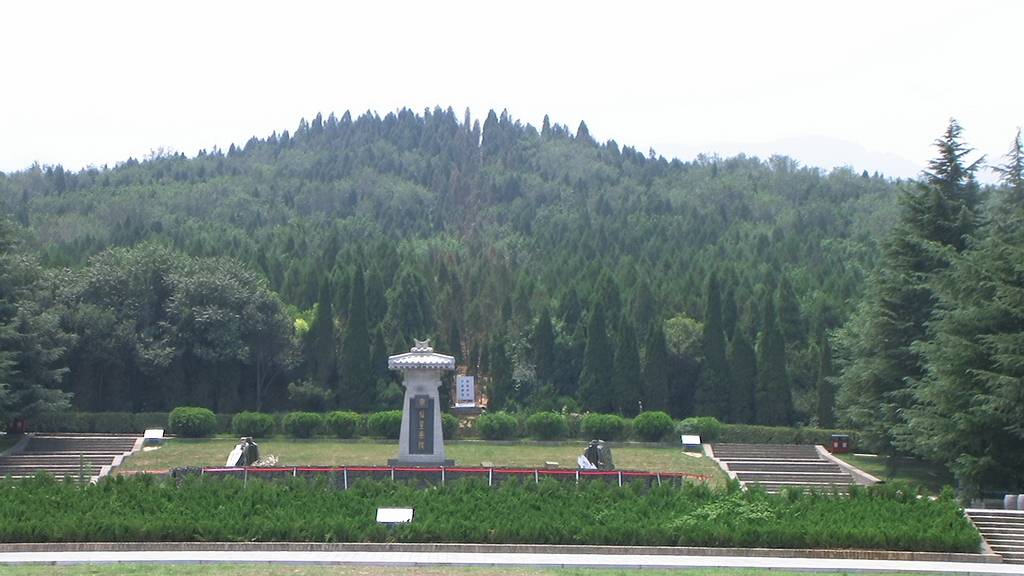
Qin Shi Huang was the founder of the Qin dynasty and the first emperor to unify China. He is known for his profound influence on Chinese history, initiating the construction of the Great Wall and standardizing weights, measures, and the writing system. The mausoleum was built by an estimated 700,000 workers, including craftsmen and convicts. It was a symbol of the emperor’s authority and his vision of the afterlife. The complex includes a pyramid-shaped mound, the Terracotta Army, and various other pits and burial sites.
After the emperor’s death in 210 BC, the mausoleum became a target for tomb robbers and was reportedly set on fire by Xiang Yu, a contender for the throne during the fall of the Qin dynasty. Despite these disturbances, the underground palace and many of the artifacts remained intact. The site was not excavated until its discovery in the 20th century, which has allowed historians and archaeologists to gain invaluable insights into ancient China.
The mausoleum did not see much use after the emperor’s death, as the succeeding dynasties moved their capitals and built their own burial sites. However, it remained an object of curiosity and speculation throughout Chinese history. The site’s historical importance is not only due to the Terracotta Army but also because it provides a glimpse into the life and death of one of China’s most influential figures.
Today, the Mausoleum of the First Qin Emperor is a prominent historical and cultural site. It attracts millions of visitors each year and continues to be an active archaeological site. New discoveries, such as additional pits containing terracotta figures and artifacts, are still being made, further enriching our understanding of the Qin dynasty and ancient Chinese burial practices.
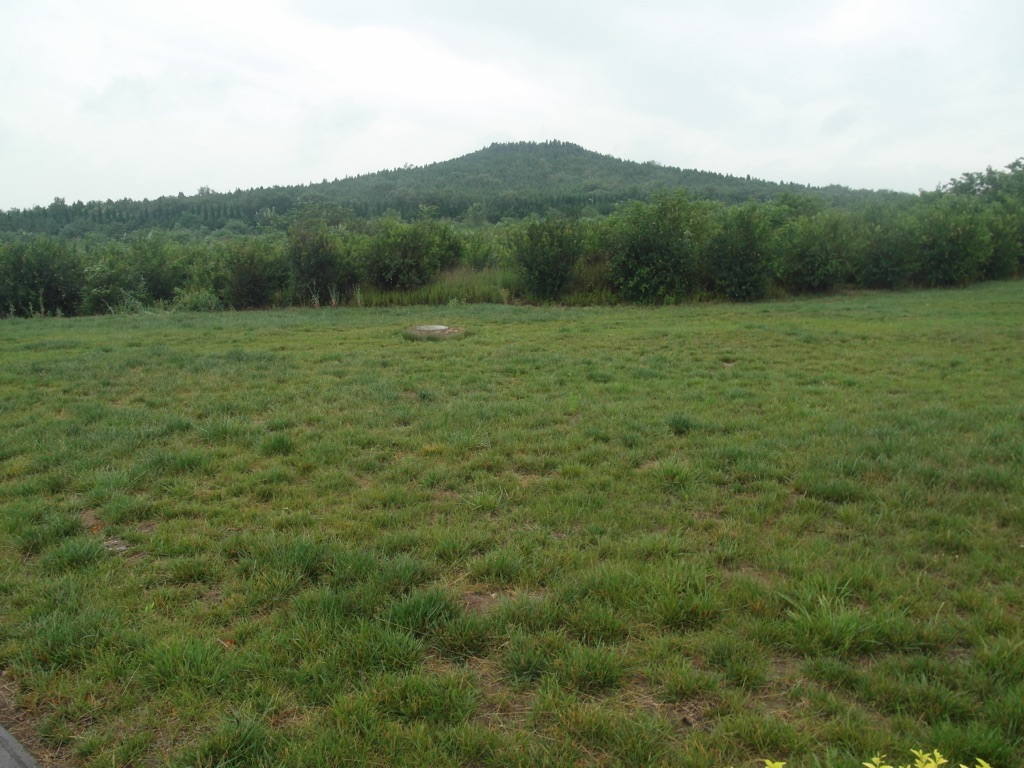
About the Mausoleum of the First Qin Emperor
The Mausoleum of the First Qin Emperor is a monumental burial complex that showcases the grandeur of ancient Chinese architecture and the emperor’s vision of the afterlife. The central tomb mound, yet to be fully excavated, is believed to be surrounded by a network of underground palaces and chambers. The Terracotta Army, which includes over 8,000 soldiers, 130 chariots with 520 horses, and 150 cavalry horses, is the most famous feature of the mausoleum. These figures were crafted with meticulous detail, each with unique facial features and expressions.
The construction methods and materials used for the mausoleum were advanced for their time. The terracotta figures were made using local clay, and each piece was fired in a kiln to ensure durability. The pits where the army is housed were built with wooden beams and rammed earth walls. The tomb mound itself is made of earth and is believed to contain a palace-like structure where the emperor was laid to rest.
Architectural highlights of the site include the precise arrangement of the terracotta figures in battle formation, the use of bronze weapons, and the intricate details on the chariots and horses. The complex also features a sophisticated drainage system, which has protected the underground structures from water damage over the centuries. The craftsmanship and scale of the mausoleum reflect the power and resources of the Qin dynasty.
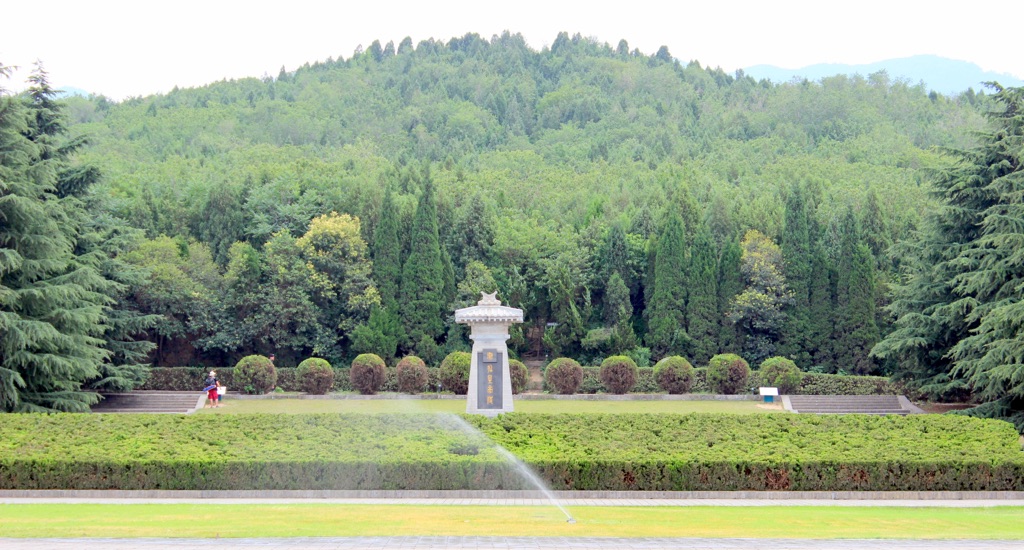
The site’s layout was designed to reflect the hierarchical and urban structure of the Qin capital. The outer sections of the complex include various pits and burial sites for officials, acrobats, and other figures, suggesting a belief in a structured afterlife that mirrored the social order of the time. The mausoleum’s construction required a massive mobilization of resources, including labor, materials, and technological expertise.
Despite the extensive excavation work that has taken place, much of the Mausoleum of the First Qin Emperor remains unexplored. The central tomb mound, in particular, is believed to contain a wealth of artifacts and possibly toxic levels of mercury, which was used to simulate rivers and seas on a map of China. The decision to leave the mound unopened reflects a respect for the cultural heritage and the potential risks involved in disturbing the emperor’s final resting place.
Theories and Interpretations
Since its discovery, the Mausoleum of the First Qin Emperor has been the subject of various theories and interpretations. Historians and archaeologists have pondered the significance of the Terracotta Army and the elaborate burial complex. Some believe the army was meant to protect the emperor in the afterlife, while others suggest it was a display of his power and a means to maintain his empire beyond death.
The presence of the Terracotta Army has led to theories about the emperor’s beliefs in the afterlife. The meticulous arrangement of the figures and the inclusion of real weapons indicate a preparation for battle, suggesting that the emperor expected to continue his rule after death. The diversity of the figures, including infantry, archers, and cavalry, reflects the organization of the Qin military.
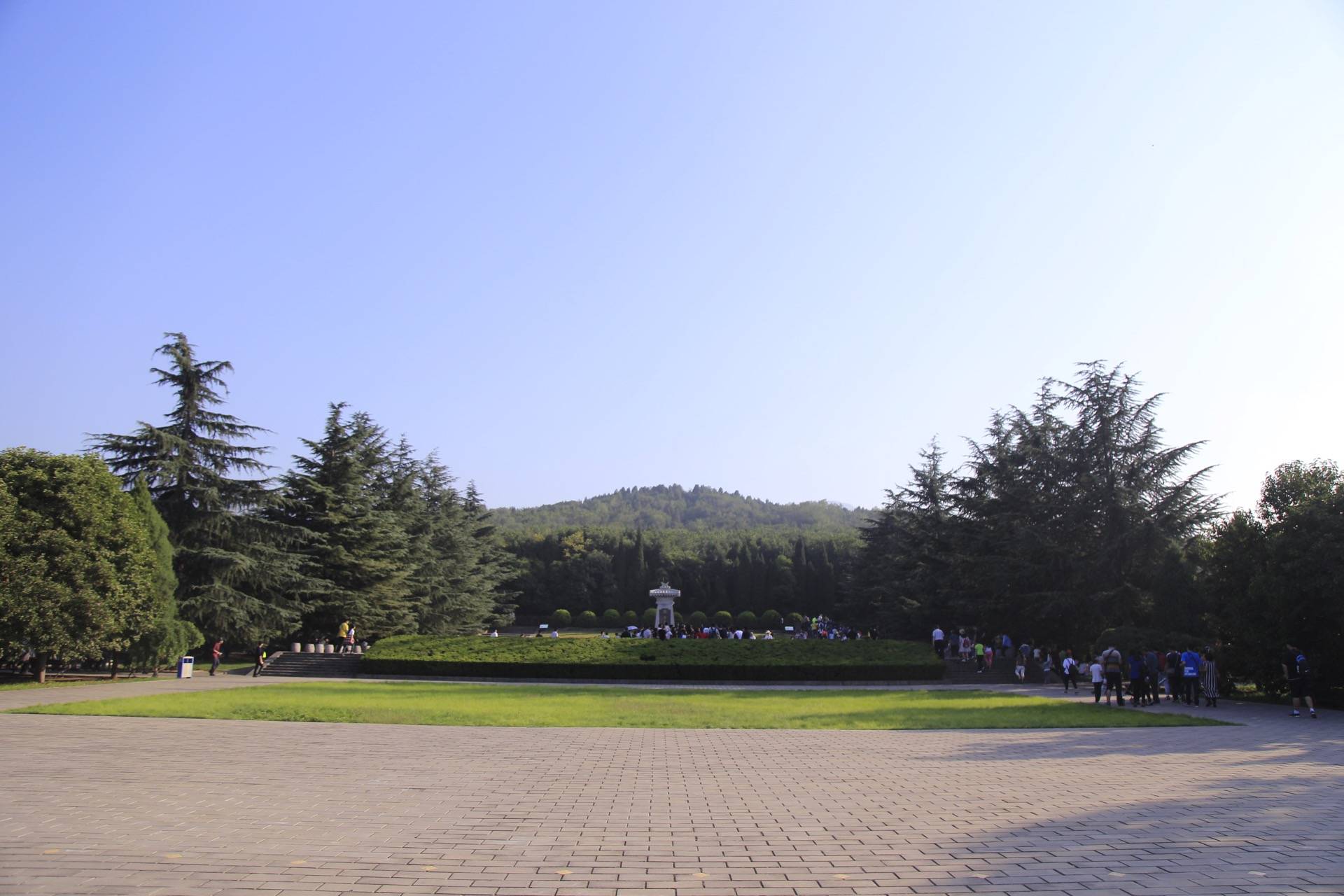
Interpretations of the mausoleum have also been informed by historical records, such as the writings of Sima Qian, a Han dynasty historian. These records describe a lavish tomb with rivers of mercury and a ceiling adorned with celestial bodies, which has yet to be confirmed through excavation. The use of mercury has been supported by soil tests, but the actual contents of the central tomb remain a mystery.
Dating of the site has been carried out using various methods, including stratigraphy and thermoluminescence dating of the terracotta figures. These techniques have helped confirm the historical timeline of the mausoleum’s construction and use. The ongoing archaeological work continues to refine our understanding of the site’s chronology.
The Mausoleum of the First Qin Emperor has also raised questions about the labor force used to build it. Some scholars argue that the workers were conscripted peasants, while others suggest they were skilled artisans. The discovery of inscriptions and graffiti on the terracotta figures provides insight into the lives of those who created the army, revealing a complex social structure within the workforce.
At a glance
Country: China
Civilization: Qin dynasty
Age: Constructed between 246 and 208 BC
Conclusion and Sources
Reputable sources used in the creation of this article include:
- Wikipedia: https://en.wikipedia.org/wiki/Mausoleum_of_the_First_Qin_Emperor
- World History Encyclopedia: https://www.worldhistory.org/Terracotta_Army/
- UNESCO World Heritage Centre: https://whc.unesco.org/en/list/441

